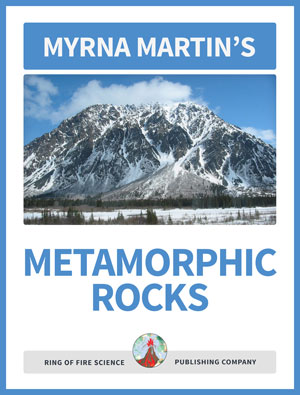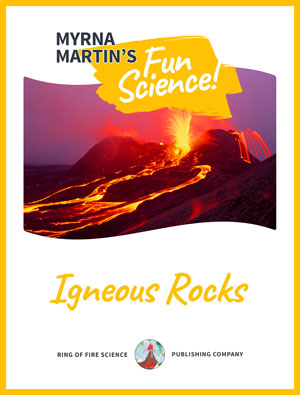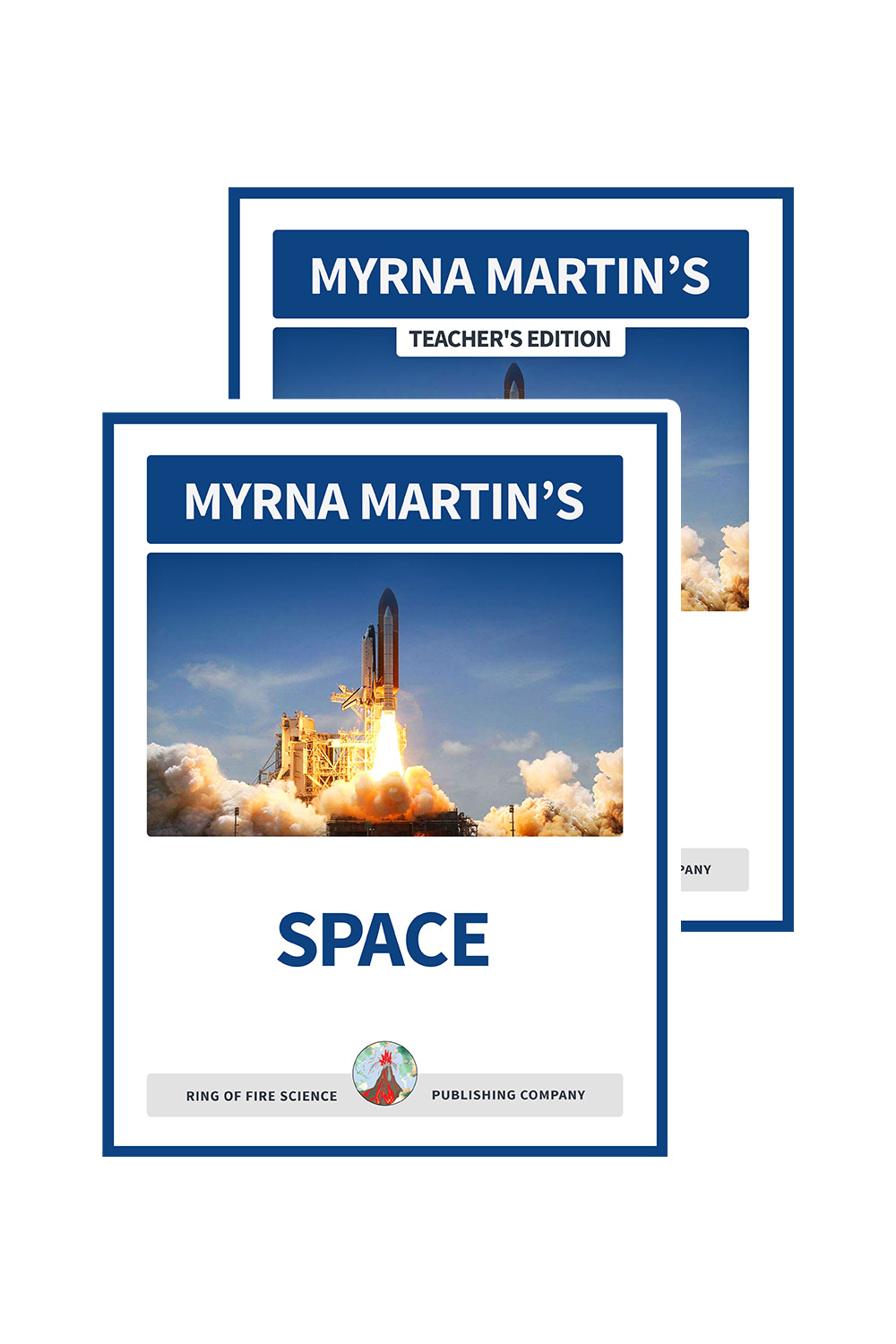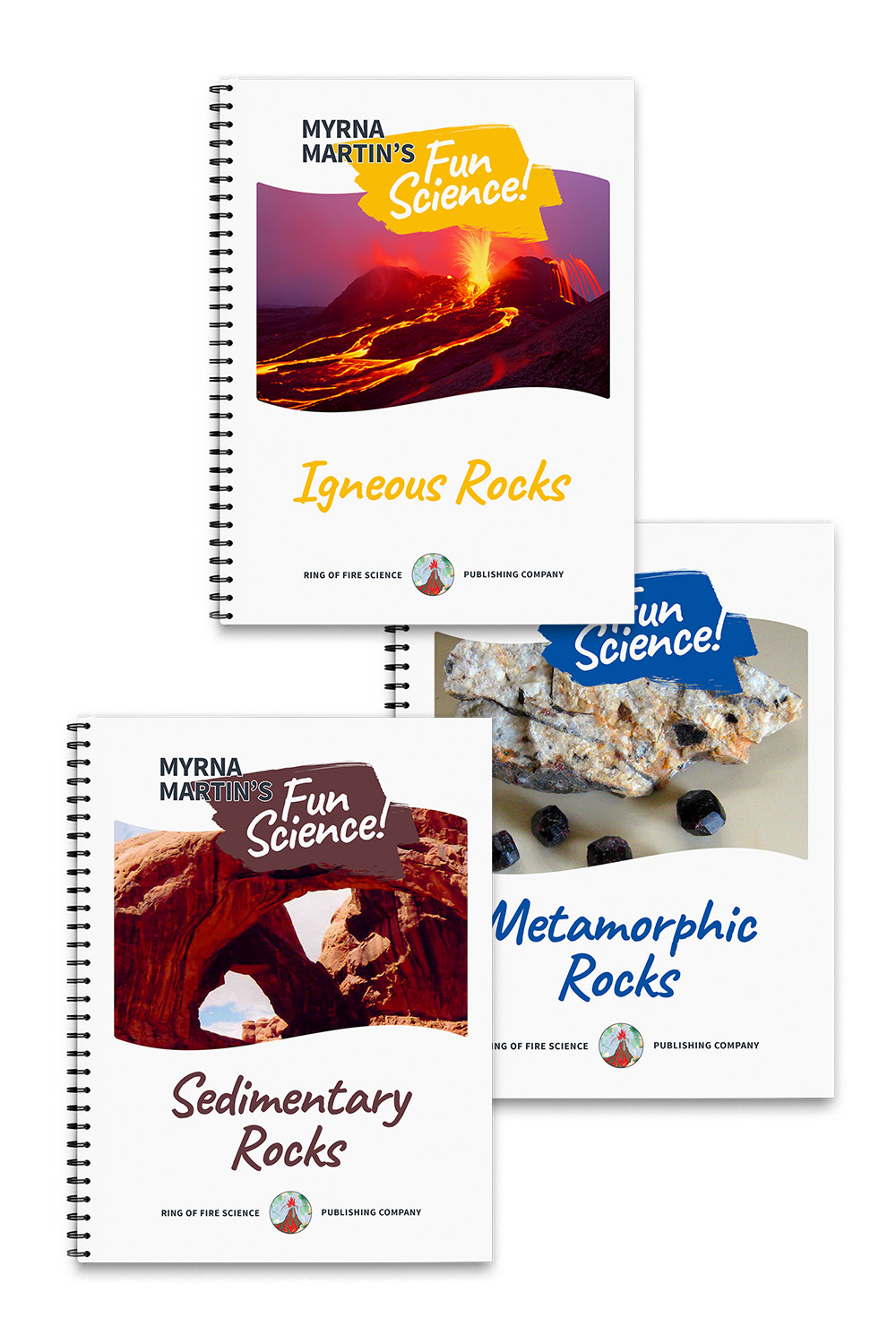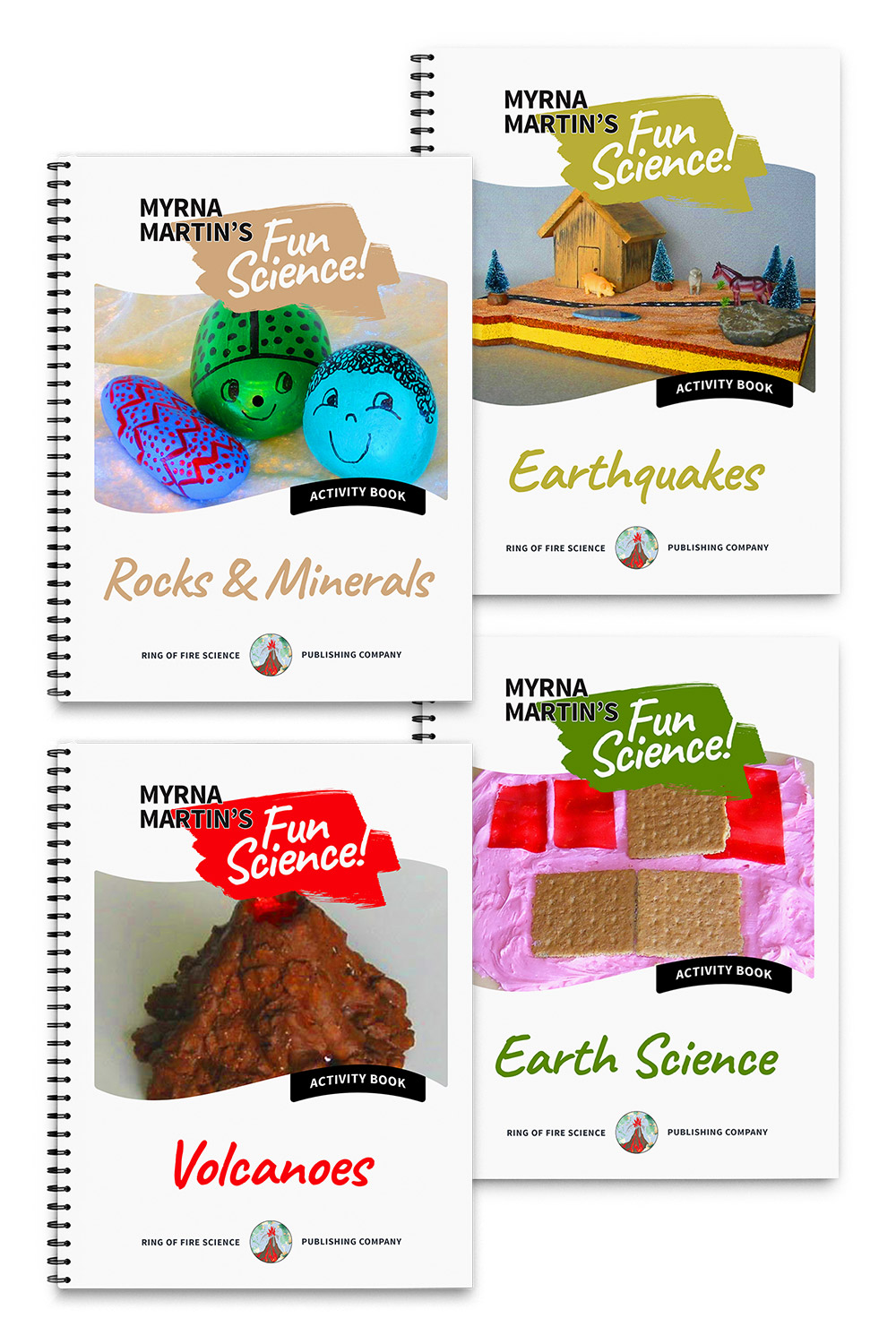Moment Magnitude Scale
Moment magnitude scale developed after 1960 Chile earthquake
The moment magnitude scale (MMS) measures the total energy released by an earthquake. It now supersedes the Richter magnitude scale which measures the height of a seismic wave.
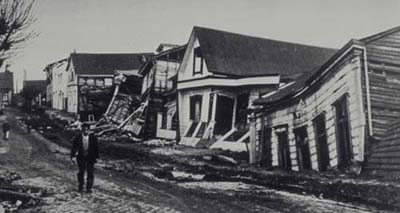
Damage caused by 1960 Chilean earthquake USGS
When Richter and moment magnitude scales are used
The Richter and moment magnitude scales have similar magnitudes if the earthquakes are between 3.0 and 7.0. For earthquakes in this range most news reports do not mention which scale has been used to determine the earthquakes magnitude. Seismologists studying large earthquakes report the size of the earthquake using the moment magnitude.
Moment magnitude scale measures great earthquakes
Why the MMS was devised
Scientists devised the scale using the moment magnitude after the 1960 Chile earthquake and the 1964 Alaska earthquake. The scale has many advantages over other earthquake scales which look at one type of ground motion. Scientists look at the total energy released by an earthquake to determine its moment magnitude.
Seismologists have recently shown that the magnitude of an earthquake is proportional to the energy released by an earthquake. For instance, a magnitude 7.0 earthquake releases 1000 times more energy than a magnitude 5.0 earthquake.
Great earthquakes in subduction zones
Great earthquakes occur in subduction zones where a continental plate overrides an oceanic plate and the plates become locked together. Pressure builds in the rocks along the entire length of the subduction zone fault. When the rocks fracture slippage can occur along several hundred kilometers of the fault zone during a single event.
What scientists look at to determine magnitude
The moment magnitude scale includes the area of the fault's rupture and the slippage along the fault to determine the size of the earthquake's moment. The size of the earthquake waves is determined by reading seismograms at reporting stations. Scientists used these two sets of information and other data collected in the field to determine the moment magnitude of an earthquake.
The 1960 Chile earthquake had a moment magnitude of 9.5. The moment magnitude of the 1964 Alaska earthquake was 9.2. The 2004 Indian Ocean tsunami and earthquake had a moment magnitude between 9.1-9.3.
More Earthquake Links
1964 Alaska Earthquake The 1964 Alaska quake was the largest earthquake ever recorded in North America.
Richter Magnitude Scale The Richter magnitude scale was developed in 1935 to study California earthquakes.
Moment Magnitude Scale The moment magnitude scale measures the total energy released by great earthquakes.
Normal Fault Find out how and why normal faults form.
Earthquake Waves Find out which earthquake waves are produced only by large earthquakes.
Earthquake Facts Did you know that an earthquake can occur any place on Earth?
Home Page The Science Site contains information on our planet, volcanoes, science projects, earthquakes and much more.
Kids Fun sCIENCE bOOKSTORE
Check out Myrna Martin's award winning textbooks, e-books, videos and rock sets. The Kids Fun Science Bookstore covers a wide range of earth science topics. Click here to browse.
Sign up to our monthly newsletter and receive our FREE eBook containing 3 fun activities that don’t appear in any of our other books!
The Kids Fun Science monthly newsletter will include the following: current events, weird and fantastic facts, a question of the month, science trivia and the latest new content from our website.
We respect your privacy and you can be assured that we will never share your email address or use it for any other purpose than to send you our newsletter.



